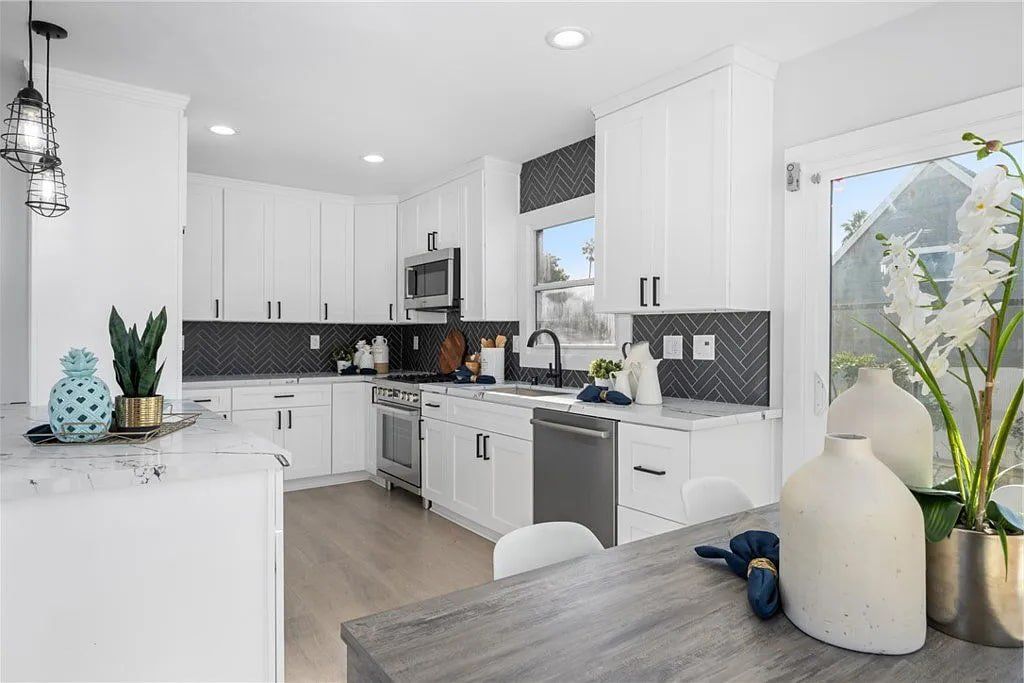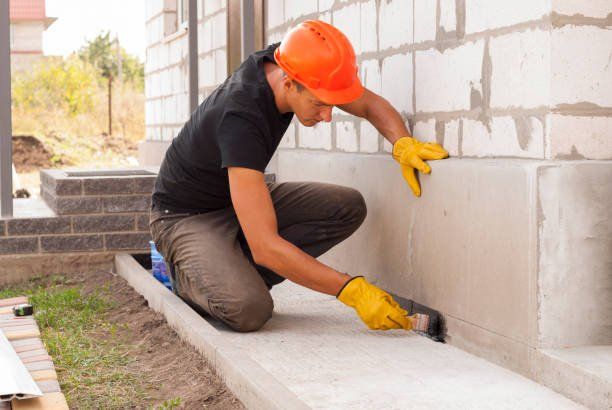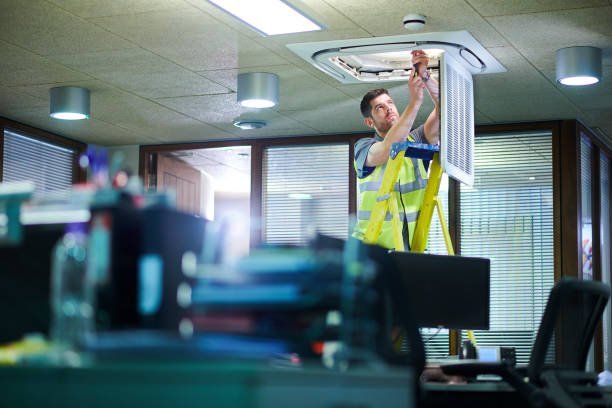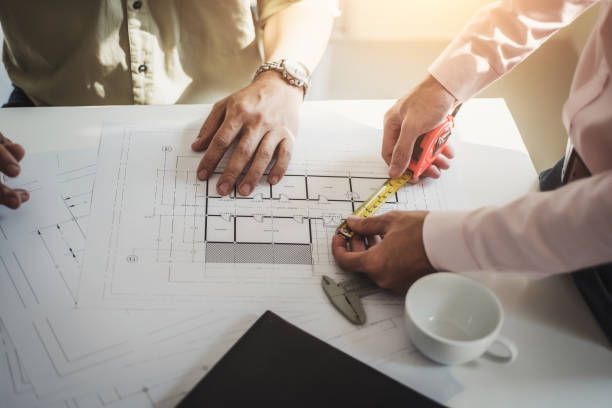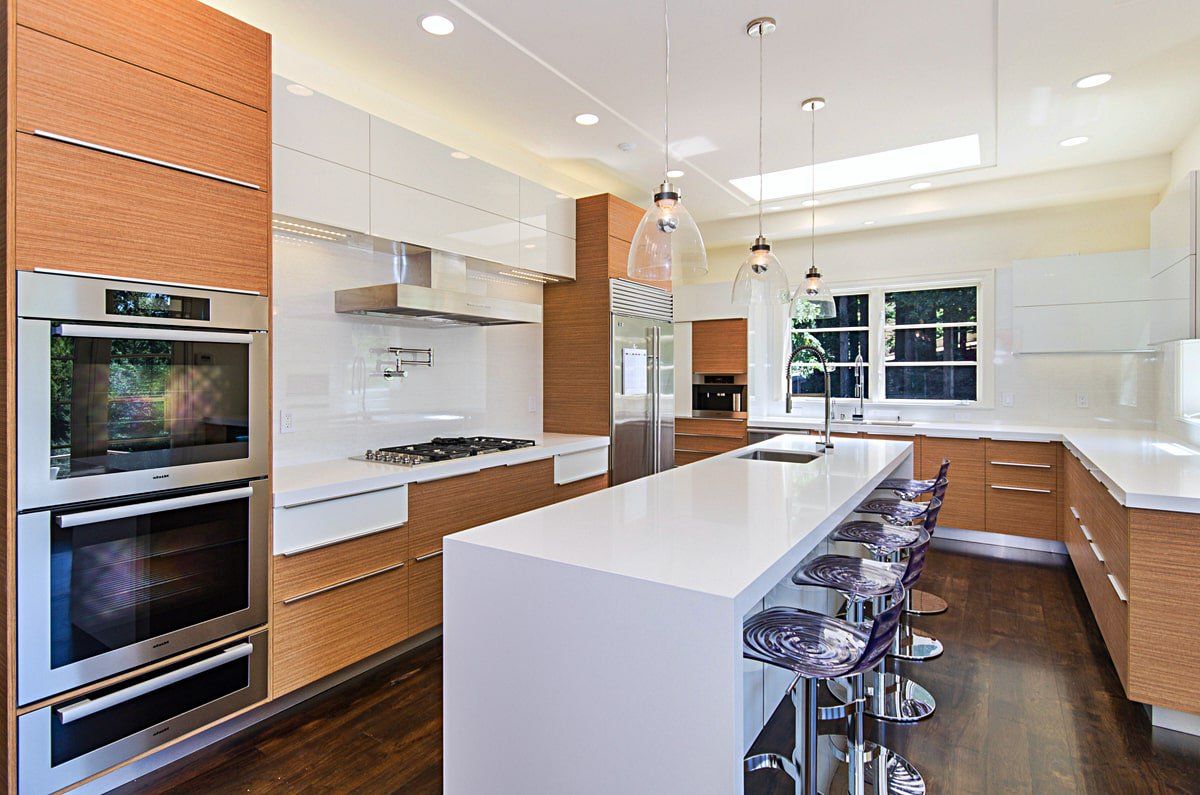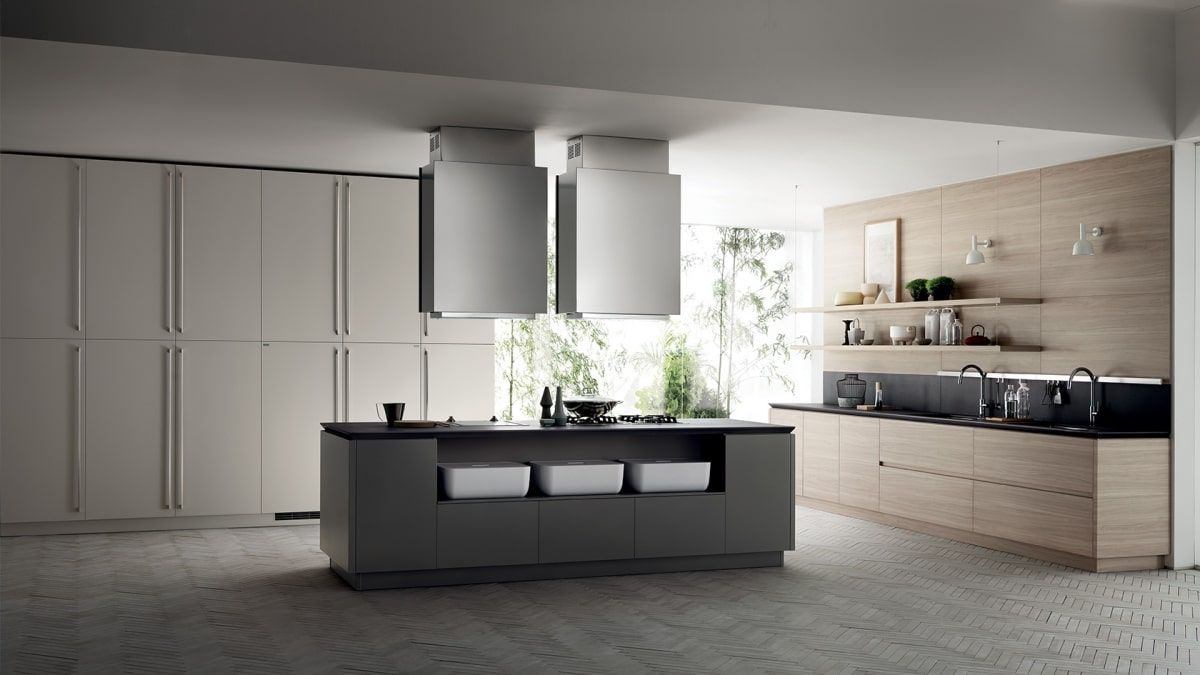Everything You Need to Know About ADUs in San Francisco
If you're a homeowner in San Francisco, you may be wondering about the possibility of creating an ADU on your property. ADUs, also known as "granny flats," are becoming increasingly popular throughout the city, and for good reason! They offer a great opportunity for homeowners to generate additional income, while also providing a much-needed housing option for renters. In this blog post, we will discuss everything you need to know about ADU San Francisco. We'll cover topics such as eligibility requirements, permitting process, and design guidelines. So if you're thinking about creating an ADU on your property, read on!
What are ADUs and why are they becoming more popular in San Francisco?
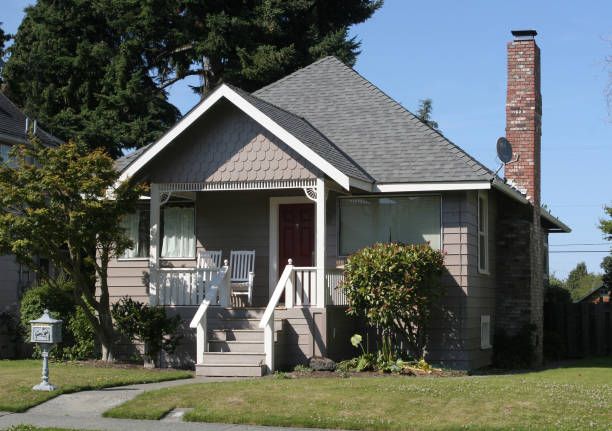
An accessory dwelling unit (ADU) is a second living space on a property that offers independent living arrangements. While some people use their ADUs as rental units to generate extra income, others use them to house family members or guests. In recent years, ADUs have become increasingly popular in San Francisco for a variety of reasons. First, the city's high cost of living has made it difficult for many people to find affordable housing. By creating an ADU on their property, homeowners can provide an affordable option for friends or family members who are struggling to find a place to live. Additionally, the city's density means that there is often limited space for new construction. However, by building an ADU, property owners can add extra living space without taking up additional land. As a result, ADUs are becoming an increasingly popular option for San Francisco homeowners.
How do you qualify for an ADU and what are the requirements?
An ADU is a secondary dwelling unit that is detached from the main residence, and it must meet certain size and setback requirements. To qualify for secondary units, the property must be zoned for single-family or duplex use and the lot size must be at least 5,000 square feet. In addition, the unit must be no larger than 1,200 square feet and must be located at least 20 feet from the main residence. To be eligible to build an ADU, your property must meet certain zoning requirements or planning code. In addition, you will need to obtain a permit from the San Francisco planning department or county in which your property is located. The permit application process varies depending on the jurisdiction, but it typically includes submitting plans of the proposed ADU to the local planning department. Once you have obtained all the necessary permits, you can begin construction. When designing your ADU, it is important to keep in mind any height, setback, and lot coverage restrictions that may be in place in your municipality. Following these guidelines will help ensure that your ADU meets all the local requirements and can be enjoyed for years to come.
What are the benefits of having an ADU on your property?
Accessory Dwelling Units, or ADUs, are a type of secondary dwelling unit that can be attached to or built on the same property as a single-family home. They offer many benefits to homeowners, including additional income, extra living space, and greater flexibility in terms of housing options.
ADUs can be used for a variety of purposes, such as rental units, in-law units, or home offices. They can also be a great way to generate additional income, as they can be rented out at market rates. In addition, ADUs provide property owner of existing building envelope with extra living space that can be used for entertaining guests or as a personal retreat. Finally, having an ADU on your property can give you greater flexibility when it comes to housing options. For example, if you decide to downsize in the future, you could rent out your ADU to help offset the cost of your new smaller home.
Overall, Accessory Dwelling New Units for existing residential building offer many benefits to homeowners. If you are considering adding a San Francisco ADU to your property, be sure to research the zoning regulations in your area to ensure that you are able to do so.
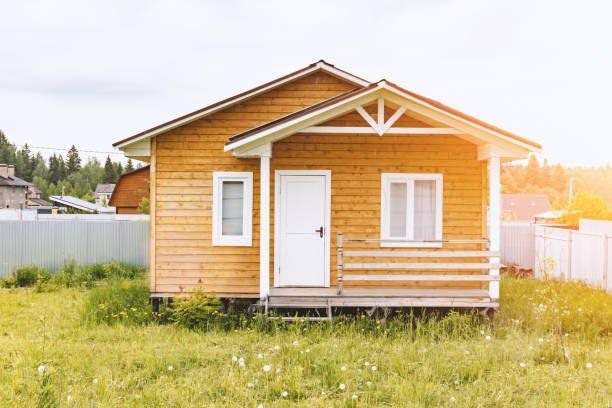
How much does it cost to build a Detached ADU, and who is responsible for the construction costs?
The cost of building an ADU can vary depending on the size and complexity of the project. However, most homeowners can expect to spend anywhere from $15,000 to $50,000 on construction costs. In some cases, the price may be even higher. Who is responsible for these costs? The homeowner is typically responsible for the initial investment, although some municipalities may offer financial assistance for qualifying projects. In addition, the homeowner is also responsible for any ongoing maintenance or repair costs associated with the ADU. As such, it is important to factor these costs into your budget before breaking ground on your project.
Are there any restrictions on what you can do with your ADU once it's built?
They are typically small units, such as a converted garage or guest house, and can be used for a variety of purposes, such as rental units, home offices, or mother-in-law suites. In most cases, there are no restrictions on what you can do with your ADU once it's built. However, there are some exceptions. For example, some localities may require that ADUs be used for long-term occupancy only, and not for short-term rentals such as Airbnb. Additionally, some HOAs may have restrictions on the use of ADUs. So before you build an ADU, be sure to check with your local planning department and HOA to see if there are any limitations on what you can do with it.
Can you live in your ADU if you're not the homeowner or primary resident of the property?
The answer to this question depends on the zoning and regulations in your specific area. In many cases, you are allowed to live in your ADU as a secondary dwelling unit if you are not the homeowner or primary resident of the property. However, there may be some restrictions on how long you can stay in the unit or how many people can live there. It is always best to check with your local zoning department to find out the specific rules in your area. In general, though, living in an ADU can be a great way to enjoy all the benefits of owning a home without having to worry about traditional homeownership responsibilities.
